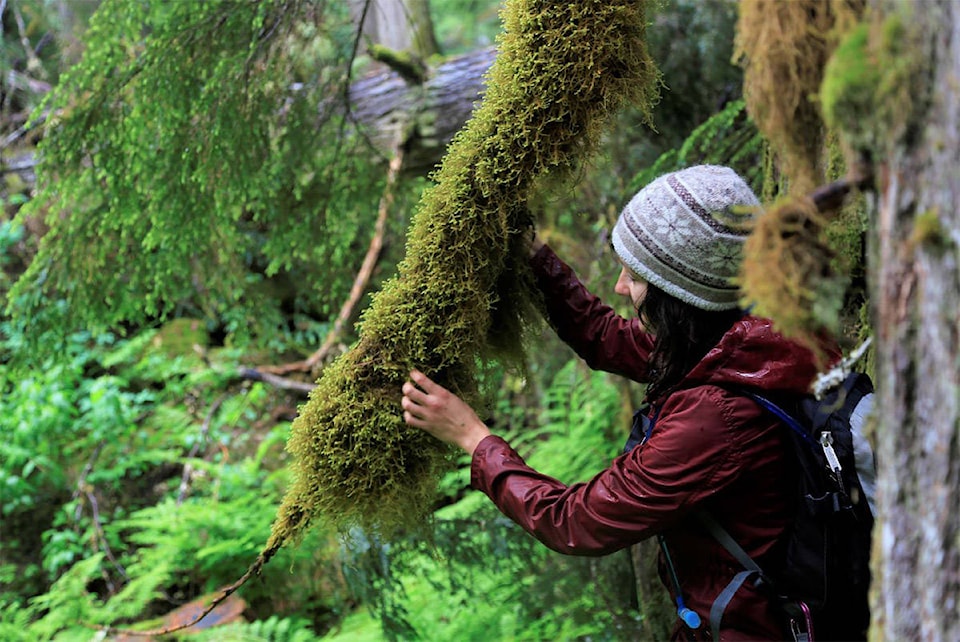Dear Editor,
Many thanks to the Revelstoke Review for an excellent article on my presentation on the Rainbow-Jordan Wilderness, sponsored by the Columbia Mountains Institute.
I presented the results of an ecological inventory carried out in the Frisby Valley north of Revelstoke, and in an adjacent, unnamed valley, in 2018.
READ MORE: ‘You’re sitting on a jewel, Revelstoke’: Wilderness society proposes new park
The adjacent valley has no name, so the scientific exploration team called it “Rainbow Valley.” The Valhalla Wilderness Society adopted this name for convenience in describing our park proposal for this area.
Both valleys have escaped logging because they are expensive to access, their terrain is rugged, and they have a considerable fire history. Past fires as well as steep, rocky ground mean that there is really very little old-growth in them that is economically accessible to log.
These valleys would have been well known to aboriginal people, and to some local people today; but rugged mountains hide the biological treasures of these their forests from most others.
So in 2017 they had never before come to the attention of several enclaves of scientists who have been studying Inland Temperate Rainforest (ITR) in B.C. for decades. But these valleys contained the epitome of what some of these scientists have been searching for and studying for several decades: very wet, very old ITR with superabundant biodiversity.
The Incomappleux Valley (aka Fish River Valley), south of Glacier National Park, was the first example of this very rare forest type found in the West Kootenays.
READ MORE: PHOTOS: Highway 1 improvements restoring fish habitat in Glacier National Park
Everyone knew that there were big, old trees in B.C., but it was a shock to the society, scientists and all involved to discover that there were still 1,800-year-old trees, in forests that had been growing uninterrupted since cedar forests first colonized this area after the glaciers of the Ice Age receded.
Given the spectacular biodiversity of this forest, the society and various biologists searched the West Kootenays for another remnant for nearly 20 years.
By 2017 we had come to the conclusion that there were none left after massive clearcutting.
However, that year professor Toby Spribille, of the University of Alberta, spotted the Frisby and the adjacent unnamed valley on GoogleEarth and noticed several indicators of old-growth Inland Rainforest.
I accompanied a trip led by Spribille into the valley that October.
He was surprised to find old-growth rainforest of unusual wetness, teeming with moss and lichens of a diversity, size and quantity not previously seen in this region.
READ MORE: ‘This river is a treasure’-Revelstoke resident opposes gravel pit proposal near Jordan River
In 2018 a larger scientific expedition documented almost 500 species of lichens, plants, amphibians, etc.
Although the valleys have not been logged, the old-growth forest is broken up by young forest recovering from fires, “elfin” forest, wetlands and huge rockfalls; but in some cases these are also rare ecosystems.
Previously there were only three stands of intact Inland Temperate Rainforest, of this great age and spectacular biodiversity, known to science.
The Frisby and Rainbow Valleys together now make four.
There may be others hidden in rugged wilderness valleys that we have been unable to find; but we do know that, wherever they are, they are only scraps of the vast majestic ancient forests that used to exist in this region.
Sincerely,
Amber Peters
Biologist, Valhalla Wilderness Society
@RevelstokeRevue
editor@revelstoketimesreview.com
Like us on Facebook and follow us on Twitter.
